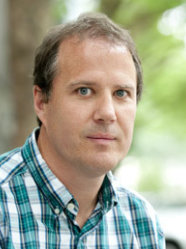BibTex format
@article{White:2019:10.1186/s12904-019-0413-x,
author = {White, N and Oostendorp, L and Vickerstaff, V and Gerlach, C and Engels, Y and Maessen, M and Tomlinson, C and Wens, J and Leysen, B and Biasco, G and Zambrano, S and Eychmüller, S and Avgerinou, C and Chattat, R and Ottoboni, G and Veldhoven, C and Stone, P},
doi = {10.1186/s12904-019-0413-x},
journal = {BMC Palliative Care},
title = {An online international comparison of thresholds for triggering a negative response to the “Surprise Question”: a study protocol},
url = {http://dx.doi.org/10.1186/s12904-019-0413-x},
volume = {18},
year = {2019}
}

